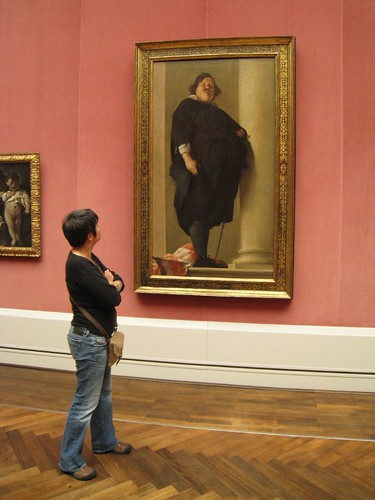Note to self: in order to blog, one must hit the PUBLISH button.
I was pondering this quite different way of looking at things:
113: It is not a great disadvantage to men to be lean; they are no less vigorous for it, and are much more active. The father of the young lady I just mentioned, although quite as thin as she, was strong enough to pick up with his teeth a heavy chair, and throw it behind him by lifting it over the top of his head.
But thinness is a horrible calamity for women: beauty to them is more than life itself, and it consists above all of the roundness of their forms and the graceful curvings of their outlines. The most artful toilette, the most inspired dressmaker, cannot disguise certain lacks, nor hide certain angles; and it is a common saying that a scrawny woman, no matter how pretty she may look, loses something of her charm with every fastening she undoes.
… 115: Every thin woman wants to grow plump: that is an avowal which has been made to us a thousand times. Therefore it is in order to pay final homage to the all-powerful sex that we are going to try here to tell how to replace with living flesh those pads of silk or cotton which are displayed so profusely in novelty shops, to the obvious horror of the prudish, who pass them by with a shudder, turning away from such shadows with even more care than if it were actuality they looked upon.
From The Physiology of Taste, or, Meditations on Transcendental Gastronomy by Jean Anthelme Brillat-Savarin
(translated and edited by M.F.K. Fisher)
Brillat-Savarin goes on to give suggestions on how a thin woman can “grow plump”.
I was reading this in conjunction with this article, Over 60% Australian adults now overweight or obese, which @malbooth tweeted a link to.
I imagine that when The Physiology of Taste was published (in 1825), obesity wasn’t as widespread a problem in society as it is today.
